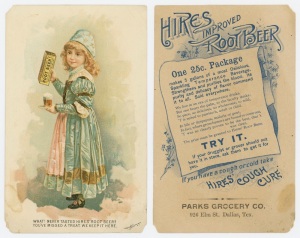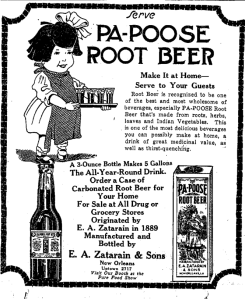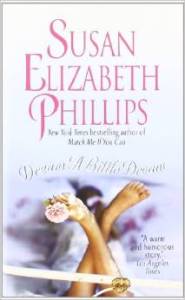Usually for me, I start with a character, and usually, the character brings a setting along naturally. Rachel was a root beer fan on a spaceship. Olivia was a woman looking for a buddy to bundle up with during the coming blizzard, and it was easy to set her in upstate New York. Perz was a paranormal plumber, and my huge mistake with that story was not putting her in a setting with plumbing problems, but rather, in a cave.
For the last few weeks, I’ve been talking about putting a setting first, as a place that will naturally produce a lot of interesting characters. Maybe it’s a wedding – you’ve got confident wedding planners, unhappy bridesmaids, dashing men dressed like 19th century robber barons! (First, second and third parts.)
Or maybe you’ve rented a gentleman in Japan. This isn’t setting so much as it is situational, but you could have an interesting artist who might be entertaining himself by renting himself out, or perhaps you’ve got a Good Boy who was suddenly laid off at age 45, and needed a little gig to tide him over until he can find a better position.
So, these are the building blocks I usually don’t have problems with: a character, and a setting/situation. I’ve got a protagonist – now I need to use the setting/situation to create an antagonist – because it’s very hard to write a story that’s all in one character’s head. It’s so much easier when you have another character to add interest, input and plot complications.
When I first started writing, I would usually start with just one person, write a few pages, and then run out of gas. Nothing was happening!
Later, I would sometimes start with a team – three best friends, for example. However, they’d usually work well together, and I’d run out of steam after a few more pages. It was better than one person, but without conflict, nothing gets done.

“All you need,” Rachel said, “Is some water, some yeast, and this little bottle of magic!” (Image via Wikimedia Commons)
Now, I’m at the stage where Continue reading











You must be logged in to post a comment.